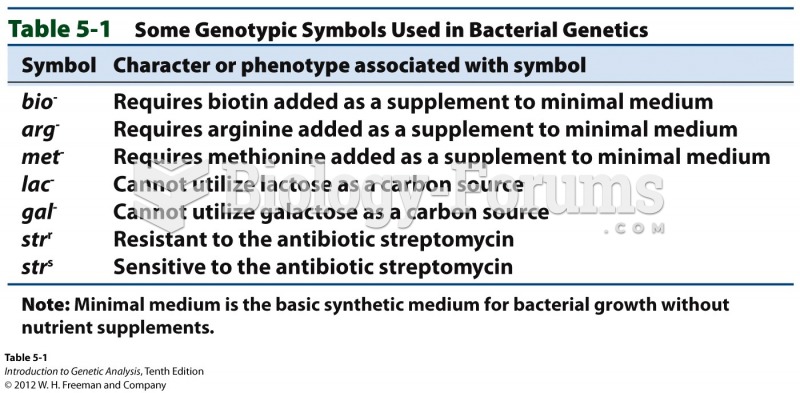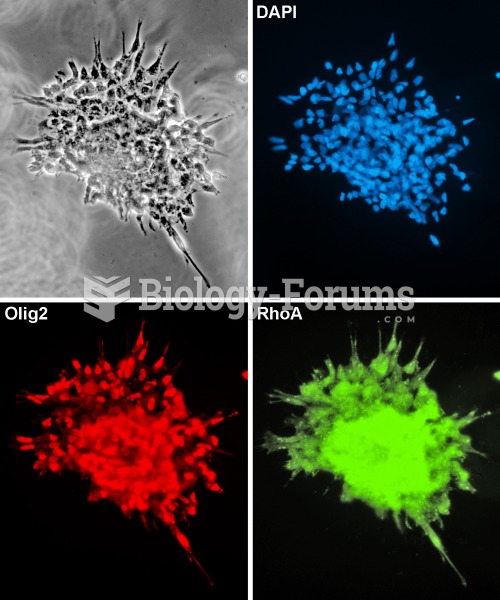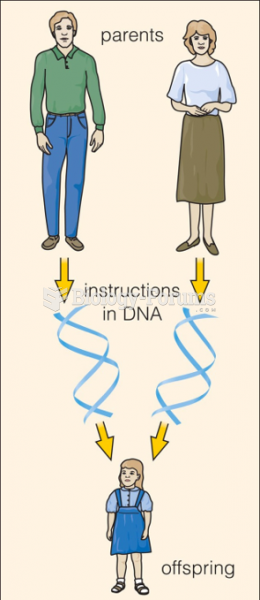Answer to Question 1
Correct Answer: 1
Rationale 1: Human protein synthesis is similar to bacterial protein synthesis.
Rationale 2: Bacterial protein synthesis is required for cell function as well as cell reproduction.
Rationale 3: Bacterial protein synthesis is associated with 30S and 50S ribosomal subunits. The 80S subunit is associated with human cells.
Rationale 4: Protein synthesis is controlled by bacterial DNA.
Global Rationale: The basic steps in protein synthesis, or translation, are the same in bacteria as they are in humans. Bacterial protein synthesis, which is controlled by bacterial DNA, is required for cell function as well as cell reproduction. Bacterial protein synthesis is associated with 30S and 50S ribosomal subunits. The 80S subunit is associated with human cells.
Answer to Question 2
Correct Answer: 1,2,3,5
Rationale 1: Vancomycin toxicity can result in loss of hearing and impaired balance.
Rationale 2: These symptoms may indicate a common adverse effect called red man syndrome.
Rationale 3: Confusion or hallucinations can be a serious adverse effect of vancomycin.
Rationale 4: The nurse should monitor kidney function, not liver function, during vancomycin therapy.
Rationale 5: Fever and chills are common adverse effects of vancomycin.
Global Rationale: Vancomycin may cause a syndrome of flushing, hypotension, tachycardia, and rash on the upper body, a condition called the red man syndrome. This syndrome can be minimized by infusing the drug over at least 60 minutes. Other common adverse effects include nausea, rash, fever, and chills. Serious adverse effects include confusion, seizures, and hallucinations. If extravasation occurs, it may lead to tissue necrosis. Ototoxicity is associated with serum concentrations of vancomycin above 60 to 80 mcg/mL. Tinnitus and high-tone hearing loss precede deafness and may progress even after this drug is discontinued. The most susceptible are older adults and those on high doses. Nephrotoxicity can occur in patients with therapeutic concentrations but is more common if trough serum concentrations are kept above 10 mcg/mL.







